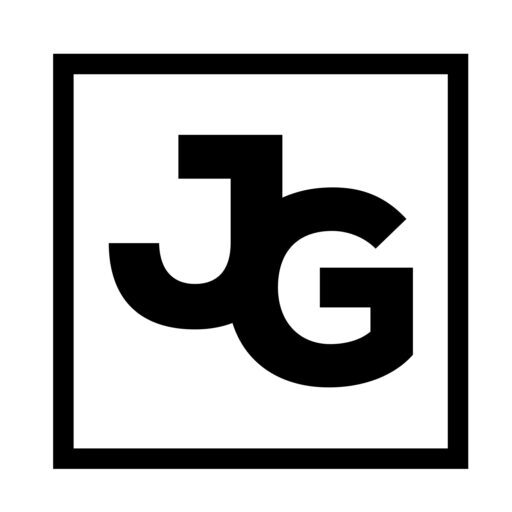“What is the best way to list your resume on Linkedin?”
I speak with professionals in all sorts of industries, and this particular question came from someone that works in finance. What became obvious to me in this exchange was that many of my clients and prospects are as confused by social media, as I am by what they do.
Those that know me, know that I can barely manage my own finances, which is why I’ve hired people to help me with that. I’m not the best person to create an income statement, a balance sheet, a P&L report, or explain the differences between investing in ETFs, stocks or bonds.
Similarly, this kind of a question about Linkedin shows a similar lack of understanding. Don’t worry, I’m here to help and clarify.
To start, asking this question is like asking “what type of stamp should I put on an email?” It’s not dumb, it’s just out of place trying to fit the old paradigm into the new.
Linkedin is something different. It’s not “just a resume.”
Linkedin is more like a professional homepage/website. While a resume gets looked at for about 6 seconds (on average), a Linkedin profile can capture attention for much longer when done right.
Beyond work history and education, a Linkedin profile offers a professional headshot photo, a cover photo, a headline, links, and rich media (like videos, slides, and pictures). You can add projects, publications, volunteer/non-profit involvement, and more. There are endorsements and recommendations. And don’t forget that you can publish status updates and blogs posts to showcase your interests and current activities.
If you’re only thinking of your Linkedin profile as a souped up resume, you’re missing the point.
There’s much more you can do.
Want to know how you’re doing on your profile?
I’m offering Linkedin Audits now. Contact me.
